Chordata

Dusky Dolphin
Lagenorhynchus obscurus


10 POINTS
• Lagenorhynchus obscurus has a MOVE of 2.
Lagenorhynchus obscurus can grow up to 210 cm in length and weigh up to 100 kg.

Mute Swan
Cygnus olor


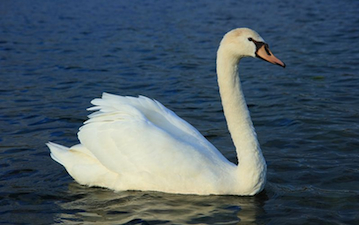
3 POINTS
Play: Cygnus olor has a FLIGHT of 2 and must be placed adjacent to at least one WATER-BASED TERRAIN containing card.
Fact: The mute swan is one of the heaviest flying birds.

Mallard
Anas platyrhynchos

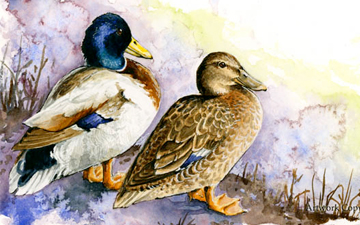
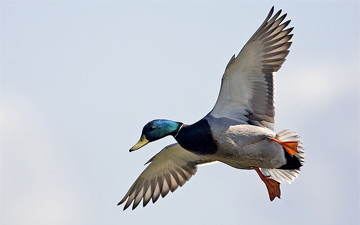
4 POINTS
• Anas platyrhynchos has a FLIGHT of 2.
• Anas platyrhynchos must be placed adjacent to at least one FRESH-WATER containing card.

Brook Trout
Salvelinus fontinalis

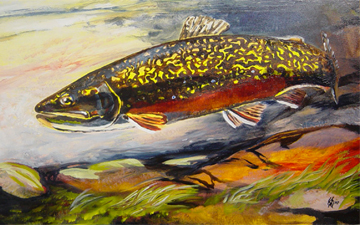
10 POINTS
• Salvelinus fontinalis has a MOVE of 2.
Salvelinus fontinalis are among the most colorful freshwater species.

Common Blackbird
Turdus merula

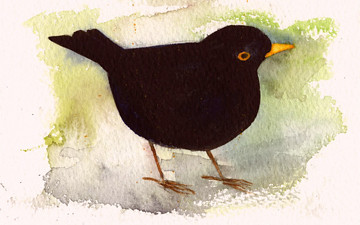
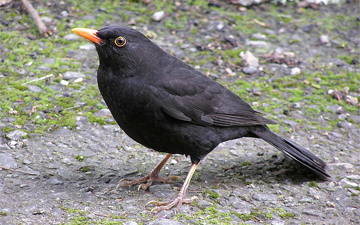
4 POINTS
Play: Turdus merula has a FLIGHT of 2.
Fact: Turdus merula migrates gregariously (in a flock).

Marbled Polecat
Vormela peregusna

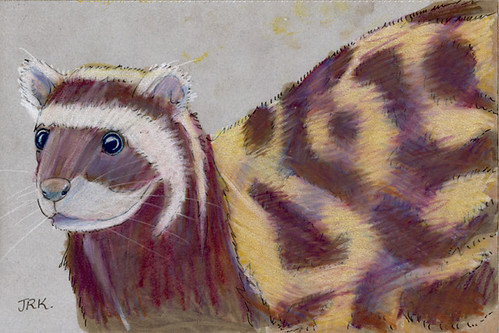
5 POINTS
• Vormela peregusna has a MOVE of 2.
Vormela peregusna had once been sought for its fur; also known as fitch in the fur trade.